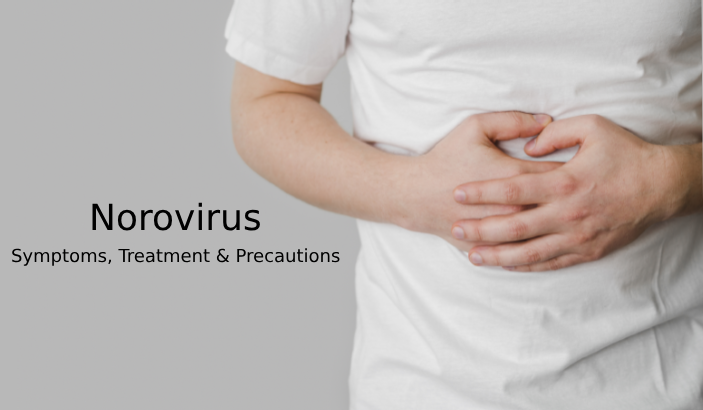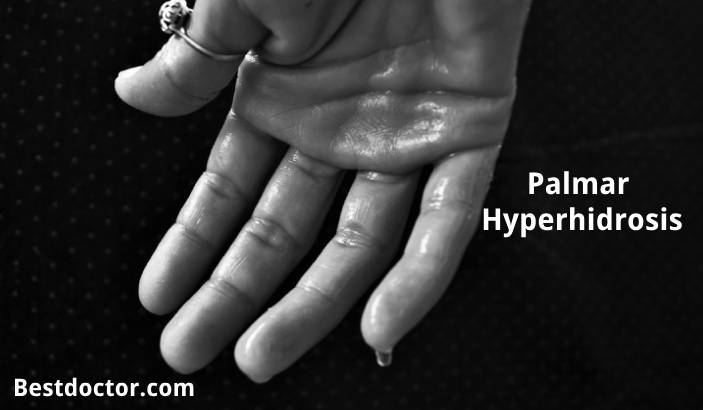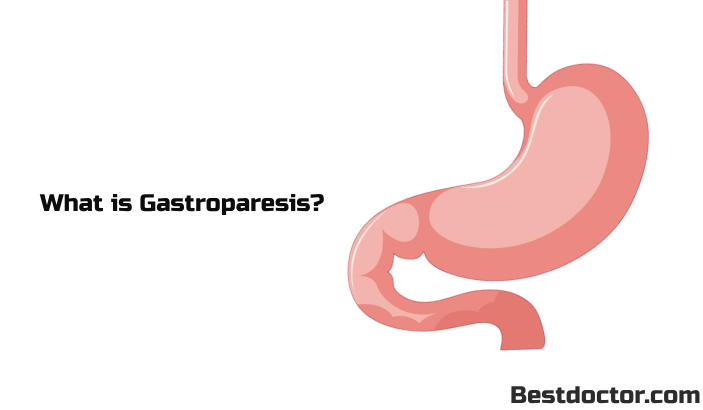Even though scientists have noted that there might be millions of viruses in existence, there are only around 5,000 that they have successfully identified. These viruses can invade your body and cause illness. While the common cold is a well-known virus, there are other ones that also result in unpleasant symptoms, such as norovirus. In this post, we’ll take a closer look at what the norovirus is, the symptoms it causes, and how you can treat it.
What is Norovirus?
Norovirus is often referred to as a stomach bug. You may hear some people call it the winter vomiting bug as well. It’s an infectious disease caused by a virus in the Calicivirdae family. There are different types of noroviruses, and they are all known for causing intestinal inflammation – leading to a condition known as gastroenteritis.
It’s a very common infection. In fact, research shows that in an estimated 20% of cases where people have acute gastroenteritis, the cause lies with the norovirus. Every year, there are around 200 million children under the age of five who become infected with norovirus. The virus is responsible for the death of about 50,000 children within this age range annually.
When looking at all cases, including adults, about 685 million people are affected by the virus every year.
Outbreak of Norovirus
In the United States, it’s most common for outbreaks of norovirus to be seen between November to April. There are some cases where a new strain of the norovirus is detected. When this happens, these outbreaks can lead to a higher number of people being infected with the virus.
Symptoms of Norovirus
Recognizing the symptoms of norovirus ensures you can implement precautions and treat the infection at an early stage.
The most common symptoms include nausea and diarrhea. In many cases, you’ll notice that your diarrhea is water. Other symptoms that you should also not ignore include:
The virus also causes a low-grade fever, and you’ll feel generally unwell.
Not everyone who gets infected with the norovirus has symptoms. If you don’t experience symptoms, it’s really important to understand that you can still transmit the virus to other people.
Is it Contagious & How Long Does it Last?
Norovirus is considered a highly contagious illness. This is why there are several awareness campaigns, and the FDA regularly sends out warnings and notifications. The FDA attempts to control the spreading of the virus and limit outbreaks.
The FDA has even released documentation that describes how this virus spreads through food. This helps restaurant owners and those in the food industry understand how they can do their part to reduce the spread of the disease. It also informs the average person about how they can reduce their risk of getting the virus through food.
In most cases, you’ll notice that the symptoms start to develop about a day or two after you’ve been exposed to the virus. However, your symptoms can sometimes start as soon as 12 hours after exposure.
The symptoms that the norovirus causes usually last for one to three days. However, there are some people who experience the symptoms for longer. This could be due to other conditions co-occurring with the norovirus or a weakened immune system.
How Do You Treat it, and What Precautions are to be Followed?
There’s no specific treatment that can help to treat norovirus. Since it’s a viral infection, you won’t be able to use something like antibiotics to get rid of the microorganisms causing the disease. In most cases, rest and drinking lots of fluids will help you feel better. You have to stay hydrated, as you’ll be losing fluids if you have diarrhea and vomiting.
There are a couple of ways to lower your risk of actually getting the virus. This includes avoiding food that might be contaminated, properly cooking shellfish, and only drinking water from sources that you know are clean.
Regularly washing your hands is another important precautionary step to take. This will help to ensure you get rid of the virus if you come into contact with it before you touch the food that you’re going to eat.
Conclusion
Viral infections can cause unpleasant symptoms, and sometimes, they can even become serious. The Norovirus is known for symptoms like nausea, abdominal pain, and diarrhea. It’s a highly contagious viral infection, but there are precautions you can follow to reduce your risk.







